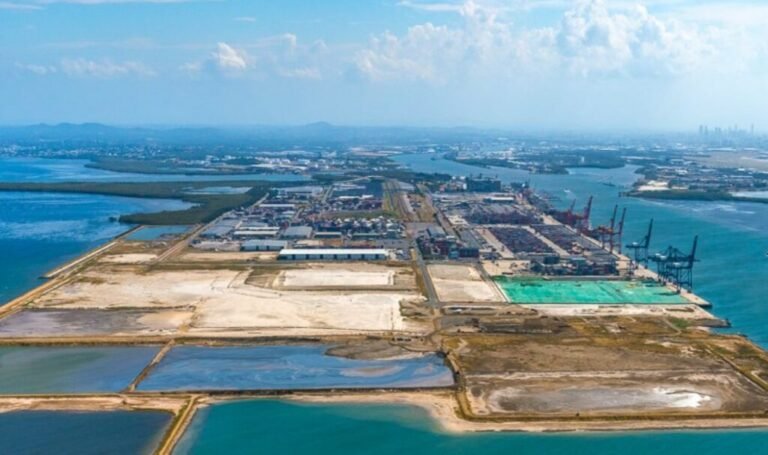Australia’s Port of Brisbane Unveils Vision 2060 to Drive Economic Growth and Sustainability
Australia’s Port of Brisbane (PBPL) has launched Vision 2060, a roadmap aimed at strengthening Queensland’s economic position, preparing trade infrastructure for future demands, and guiding the port’s shift toward greater sustainability and efficiency.
Developed in collaboration with industry, government, and community partners, Vision 2060 reportedly outlines a long-term strategy for the Port of Brisbane to support economic development while integrating innovation and environmental responsibility.
Neil Stephens, PBPL’s CEO, stated: “The way we trade and move goods is evolving, and Vision 2060 positions the Port of Brisbane to be at the forefront of that change.”
By 2060, Queensland’s population is expected to reach 8.3 million, with trade growing and evolving to keep pace. Container trade is projected to triple, and cruise passenger volumes more than quadruple. Furthermore, according to PBPL, there is the potential that energy demand could increase tenfold as the broader port community seeks to decarbonize.
As disclosed, Vision 2060 sets out three focus areas intended to shape the Port of Brisbane’s long-term development:
- Developing a logistics ecosystem expected to unlock new efficiencies, support global supply chains, and connect Queensland businesses to the world;
- Scaling and integrating renewables with solar, wind, and hydrogen solutions that support a port-wide net-zero emissions future; and
- Prioritizing resilient infrastructure, a skilled workforce, environmental conservation, and sustainable economic growth.
Stephens said: “This is an opportunity to create a port that is cleaner, smarter and more connected, that will drive Queensland’s continued prosperity for generations to come. Vision 2060 is an invitation to all our stakeholders – a call to innovate, collaborate and shape a globally competitive port that continues to deliver long-term value.”
Brisbane International Cruise Terminal (BICT) is also expected to play an important role in supporting the future of Queensland’s cruise industry.
Stephens remarked: “We know the demand is there for more cruising and we believe additional capacity at the BICT will help Brisbane become the national capital for cruising in the decades to come.”
As informed, Vision 2060 proposes several initiatives aimed at improving the supply chain in south-east Queensland, including: integrated regional logistics hubs, cruise terminal expansion, electrified port operations, renewable energy generation, low-carbon fuel infrastructure, climate-resilient and adaptable infrastructure, and waste-to-energy solutions and circular economy.
According to Stephens, the roadmap represents a series of commitments and serves as a call to all interested parties to work together to achieve these aims.

